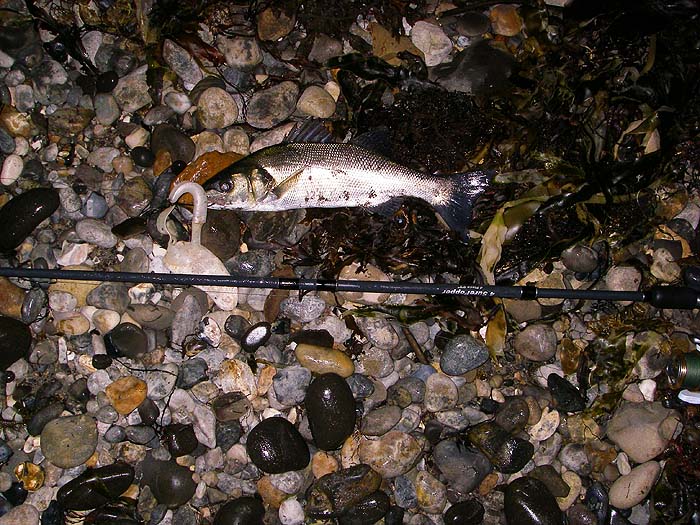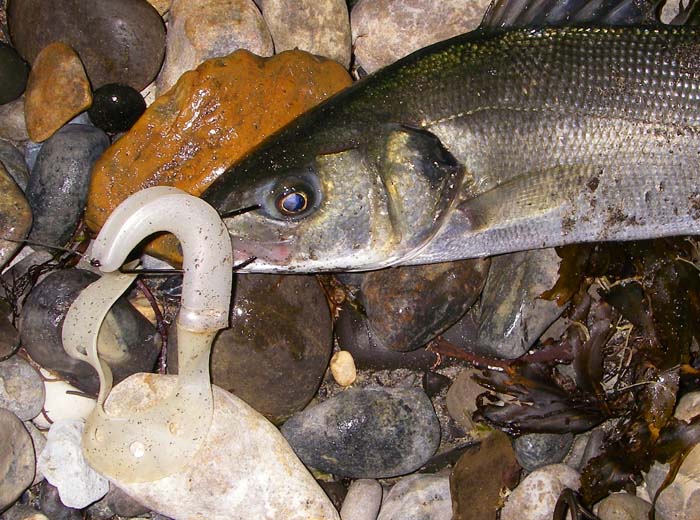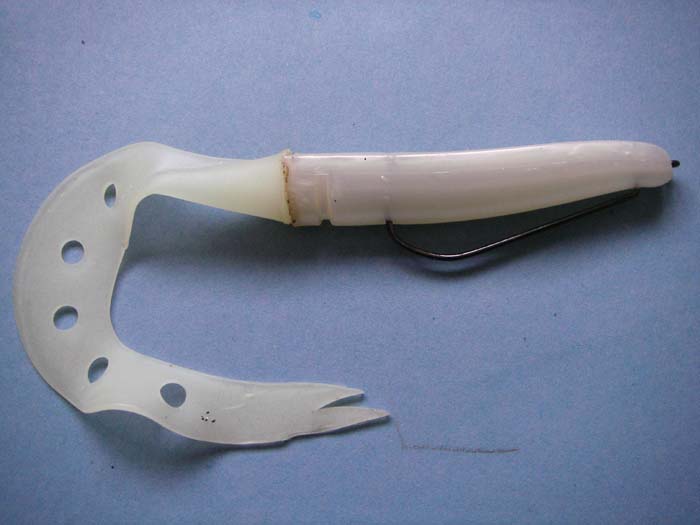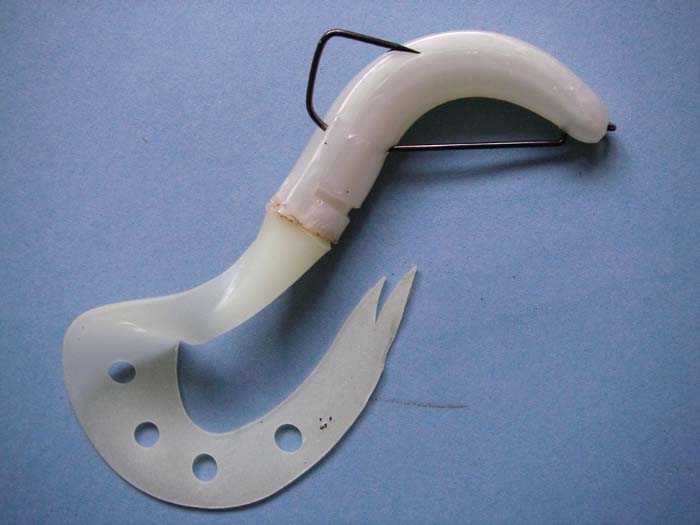

Catch Fish with
Mike Ladle
Information Page
SEA FISHING
For anyone unfamiliar with the site always check the FRESHWATER, SALTWATER and TACK-TICS pages. The Saltwater page now extends back as a record of over several years of (mostly) sea fishing and may be a useful guide as to when to fish. The Freshwater stuff is also up to date now. I keep adding to both. These pages are effectively my diary and the latest will usually be about fishing in the previous day or two. As you see I also add the odd piece from my friends and correspondents if I've not been doing much. The Tactics pages which are chiefly 'how I do it' plus a bit of science are also updated regularly and (I think) worth a read (the earlier ones are mostly tackle and 'how to do it' stuff).
'Hookability'.
Hooks are designed to catch onto the mouths of fish. Consequently, by design, they will catch anything else that happens to get in the way. Weed, rocks, branches, indeed any sort of snag or rubbish that happens to come into contact. This can be a real nuisance when you're fishing because (a) You are liable to lose expensive bits of kit, (b) You may leave line and hooks laying about on the seabed (c) When the lure is snagged or fouled with weed you are wasting fishing time. (d) And worst of all. Even the tiniest sliver of seagrass or filament of green alga can effectively 'kill' the action of your lure and make it unattractive to fish. These are all sound reasons why it would be good to reduce the chances of exposed hooks snagging. Plugs with projecting lips and multiple trebles are probably the worst snag/weed collectors but even single baited hooks are liable to foul up and, to be honest,leads,swivels and other paraphernalia are all subject to this perennial problem.
In contrast, if we consider plug fishing, it never ceases to amaze me that a bass (or any other fish) can grab my lure, armed with a couple needle sharp trebles, give a good yank on the rod and somehow avoid being impaled on one of the hooks. Nevertheless, this is a common occurrence. Missed bites are quite normal and on some days every fish that hits the lure seems to come unstuck. Trout, fly anglers generally refer to this phenomenon as 'taking short' suggesting that the fish were simply nipping at the tail of the lure. It's doubtful whether this is the main reason for what happens but that's by the way.
To return to the point (excuse the pun). Regular readers will know that I've been fiddling about with my 'weedless' soft plastic lures this year. Of course the reason these things are 'weedless' is that the point of the hook (which might pick up bits of weed) is effectively hidden in the lure. Anyone who gives this even a little bit of thought will realise that there is a potential flaw in this set up. If the hook is hidden how does it manage to catch in the mouth of the fish? Fair comment! You might expect any lure that's rigged to be weedless would be even more subject to poor hooking than normal. This doesn't seem to be the case. Why?
Of course you will always miss the odd fish or two whatever lure you are using but the Slug-Go type of weedless arrangement seems no more susceptible to missed bites than my usual plugs and spoons armed with trebles. I think that the weird Texposer hooks which are fitted to these lures are a much cleverer design than I'd realised. Firstly, when properly rigged the point and barb lie parallel to the back of the lure shielded by the groove or depression that runs the length of the lure - this, of course, is why they are weedless but that's only part of the story. The plastic itself is so soft and flexible that it collapses and folds on a take and more or less the whole thing enters the mouth of the bass (or other fish). When the bass closes its mouth and bites the lure slides down the straight part of the bend exposing the point and barb which then catches on the jaw of the fish. If the bend of the hook had been curved this would not happen so easily and the whole system might be less effective.
My modification to the tails of these lures has no effect on their 'hooking capabilities' but, in my view, it does make them more attractive to the fish and much easier to use. A slow simple retrieve is all that's required, they cast reasonably well considering the weight and air resistance involved, and they consistently hook bass of all sizes. My pal Nigel has used a variety of wiggly tails - all seem to be effective. He also uses both the back and the front halves of his Slug-Gos getting two for the price of one. My next step is to try a big, 9" version to improve casting and see whether big bait- big fish might apply.
If you have any comments or questions about fish, methods, tactics or 'what have you!' get in touch with me by sending an E-MAIL to - docladle@hotmail.com
The latest bass on my 'Slandra'.

Slandra in action.

Trap set!

Trap sprung!.

Fish trapped!
